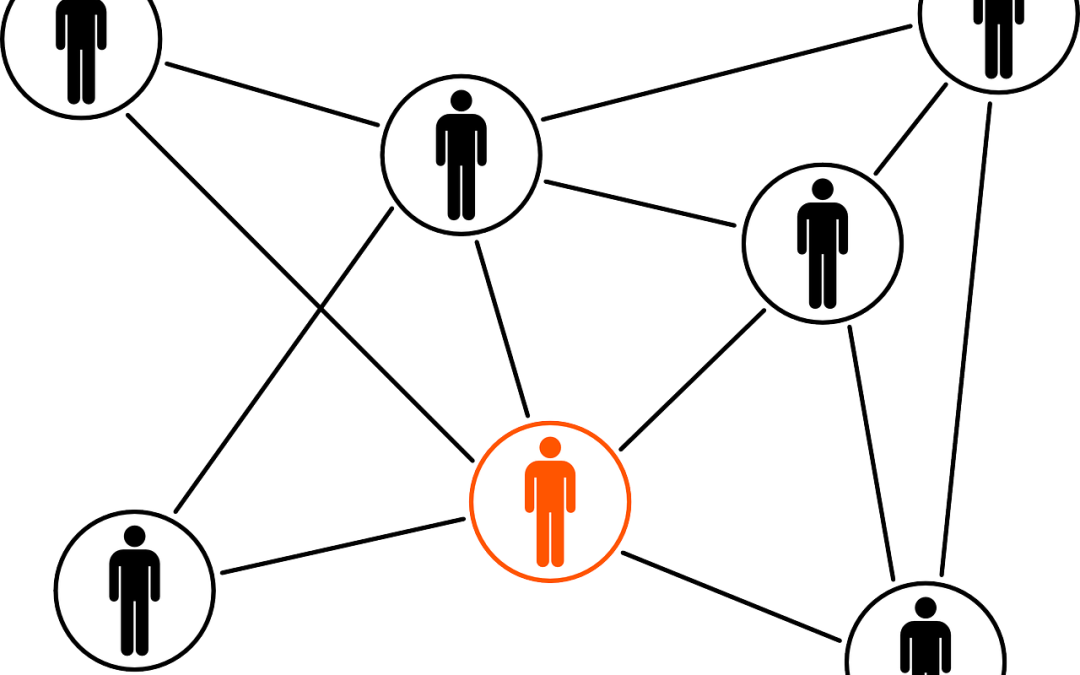
by Beth Strathman | Aug 30, 2021 | adaptive leadership, analysis, decision-making, leadership, leadership skills, learning, management skills, purpose & mission, systems thinking, team, team environment
For over 400 years, western civilization has increased its use of analytical thinking and the scientific method to explain almost everything in the natural world. By using analysis (separating a whole into its component parts), our society has greatly expanded the...

by Beth Strathman | Apr 22, 2021 | external processes, leadership, purpose & mission, team, values
High-performing teams take seriously how well they create value for their stakeholders. The best teams know what their stakeholders need and expect from them. Here are some things to keep in mind as you focus on understanding your critical stakeholders, both inside...

by Beth Strathman | Oct 27, 2020 | adaptive leadership, alignment, appreciation, behavior, collaboration, ego, executive, external processes, failure, fallibility, focus and priorities, goal execution, humility, internal processes, leadership, leadership skills, learning, mindset, performance, professional development plan, psychological safety, psychological safety, purpose, purpose & mission, self-awareness, success, team, team environment, team leader, vulnerability
In the U.S., most people are taught from an early age to be individually competent and independent. It’s no wonder that most of your employees have some difficulty in knowing how to work effectively within a team. Here are five things you can do to forge a collective...

by Beth Strathman | Aug 24, 2020 | collaboration, commitment, communication, ego, evolve, external processes, focus and priorities, goal execution, internal processes, leadership, learning, productivity, psychological safety, purpose, purpose & mission, team, team environment, trust
How does a sense of team emerge where the whole is prioritized over the individual, especially in Western cultures where the emphasis is on the individual? A team is a specific type of group where individuals come together to accomplish a shared purpose. In a team,...

by Beth Strathman | Jul 22, 2020 | adaptive leadership, assumptions, behavior, business, collaboration, corporate culture, failure, goal execution, leader, leadership, leadership skills, learning, management skills, micromanaging, performance, psychological safety, psychological safety, purpose & mission, success, team, team environment, trust
Failure happens when a desired or expected outcome doesn’t materialize. It can happen whether or not there was something you could have done about it, too. Whether the mistake is a small glitch or a major flop, failure often weighs heavily on you personally because...

by Beth Strathman | Sep 28, 2015 | alignment, behavior, commitment, focus and priorities, goal execution, leadership, psychological safety, psychological safety, purpose & mission, team, team environment, trust, values, vision
Although there are countless books about creating better teams, participating on and leading teams remains a top frustration in most companies. Here are 5 reasons your “team” might not actually be one: 1. There are no shared goals or values. Your “team” may believe it...







